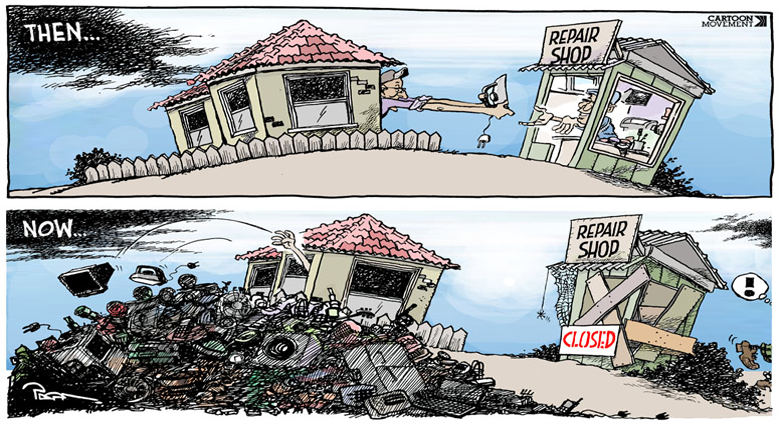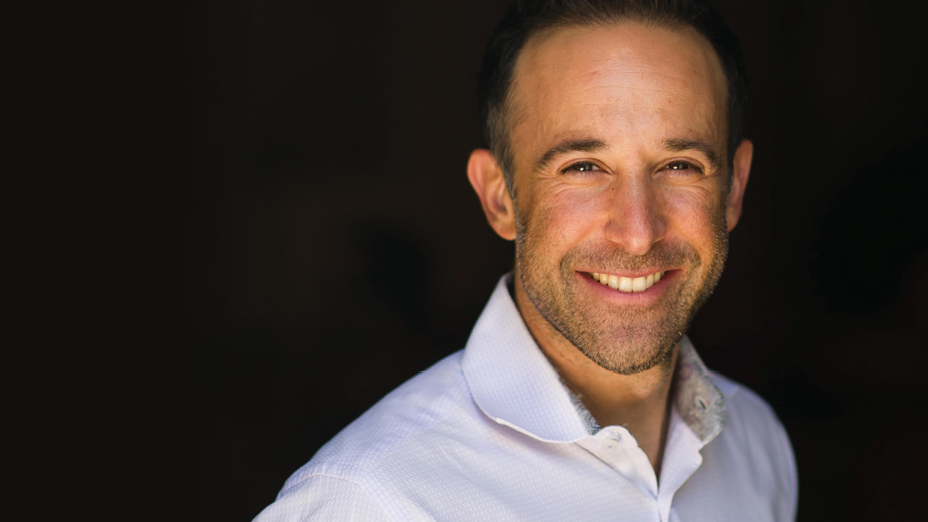It’s a new year, and that means implementing those plans you made for 2016. Perhaps they are the same ones you have every year, lose weight, spend more time with family, learn something new…. But what about your corporate plans? These likely involve some sort of challenging sales objective – meet or exceed quarterly sales target of X, or obtain at least X new customers per month.
It’s easy to not follow through with New Year’s resolutions or corporate plans, but what if you set a development program in place to keep you on track? We know it’s important to be good at our jobs. But what would it take for you to be great? What if you could actually meet corporate objectives and exceed expectations?
"Double down on your strengths."
Improvement and learning is about behaviour change. It only happens when people stop doing things the old way, and start doing them the new and better way. If someone does something the same way over and over again, they can’t expect different or improved results. We know that we want better results this year, so what is the best way to use a development program to achieve these desired results?
Here are some simple tips for choosing an effective program.
1. Pick something you’re already interested in and can be excited about
For a development program to be effective, you have to believe in it and stay committed to it. The easiest way to do this is to make sure your program aligns with your passion and goals. If you’re doing what you love, you will feel more fulfilled, be more productive and more motivated. If you’re not interested in or motivated by an aspect of your job, a training program is not likely going to fix that.
2. Double down on your strengths
In Tom Rath’s Strengths Finder, he shares that people who use their strengths every day are 6 times more likely to be engaged on their job and are 12.5% more productive. Similarly, if it is the part of your job you hate, forcing yourself into it could be detrimental to your morale. So, by choosing and developing the ball that you already have in motion you will only increase how far you can take it.
You shouldn’t waste time fixing your weaknesses. A right-handed hitter in baseball could be taught how to hit left handed, too. But, wouldn’t their time be better spent enhancing their hitting skills from their natural side?
3. Take a 360° approach
Ask colleagues and your previous managers what your hidden strengths are. Consider interviewing the next leader you would want to work for and ask them what they are looking for and what skills they need.
This is a big investment; you are investing in your own success. Make sure that the program you choose is directly aligned with your goals, and where necessary, choose a program that is customizable to you and your organization.
4. Be proactive about your learning
Meet with your manager before starting the program and explain the expectations you have and what you hope to learn through the program. Discuss how you can apply the results of what you are about to learn, and make sure that you get the most out of your program with those intentions in mind. Be sure to also clear your schedule for the days of your program. You will want to focus your energy with minimal disruptions.
"Focus on applying ONE key insight."
When you catch yourself saying “that would never work in my organization”, challenge yourself to find 3 ways that it will. Remind yourself of the benefits, and why the program is necessary. As Tony Robbins once said, “There are only two options: Make progress or make excuses.”
5. Focus on applying ONE key insight
Try to narrow it down to the one insight from the program that will have the BIGGEST impact on your success and be realistic. Too often people try to implement too many things when they get back to the office, and end up doing none of them. Chances are you will be busy with emails and meetings, so the long list of solutions you intended on implementing could fall through the cracks. A study by David Meyer, a cognitive scientist at the University of Michigan, reveals that humans actually have distinct bandwidth challenges, so by devoting your attention to one thing, you can drastically increase the chances of succeeding with that one thing.
There is a lot to gain from investing in corporate training programs for your own personal development and your team’s development. However, it is not enough to simply implement a program; you need to be strategic about it. Ensuring you follow these tips will allow your company to maximize the ROI of an effective program.





.png)



What Did You Think?